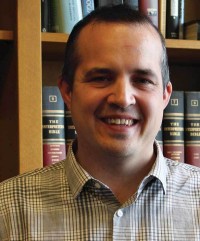"Wanted Alive: Narragansett Apple"
When I saw the MoJo headline "Why Your Supermarket Only Sells 5 Kinds of Apples," I expected an informative piece about industrial agriculture's disincentive for biodiversity and the various problems this causes. I've read that article before, but for whatever reason I clicked anyway—and read a helpful primer on the science of apple reproduction. To wit: Johnny Appleseed's scattershot approach was all about quantity. To reliably make good apples—and to perpetuate a particular variety—you need grafts, not seeds.
Enter John Bunker, Maine's present-day Johnny Applegraft and the main focus of the article. Thirty years ago, Bunker founded Fedco Trees,
which every year takes a selection of rare heirloom apples and attempts to make them less rare. When he finds one of these missing links, he grafts it onto rootstocks at the Fedco nursery and begins selling the trees a few years later. Bunk estimates that over the past 30 years he has saved anywhere from 80 to 100 varieties from oblivion. His forensic methods involve everything from studying the depth of the cavity around the stem, to checking the trunk for grafting scars, to poring over old nursery catalogs and historical records. He hangs "Wanted" posters at corner stores in the towns where the apples originated, hands them out at historical society meetings. A typical poster reads "Wanted Alive: Narragansett Apple. Last Seen in York County!...Originated on the farm of Jacob H Harmon, Buxton, Me., in 1873."
It's a fascinating story about agriculture, tradition, creative energy and delicious fruit.






